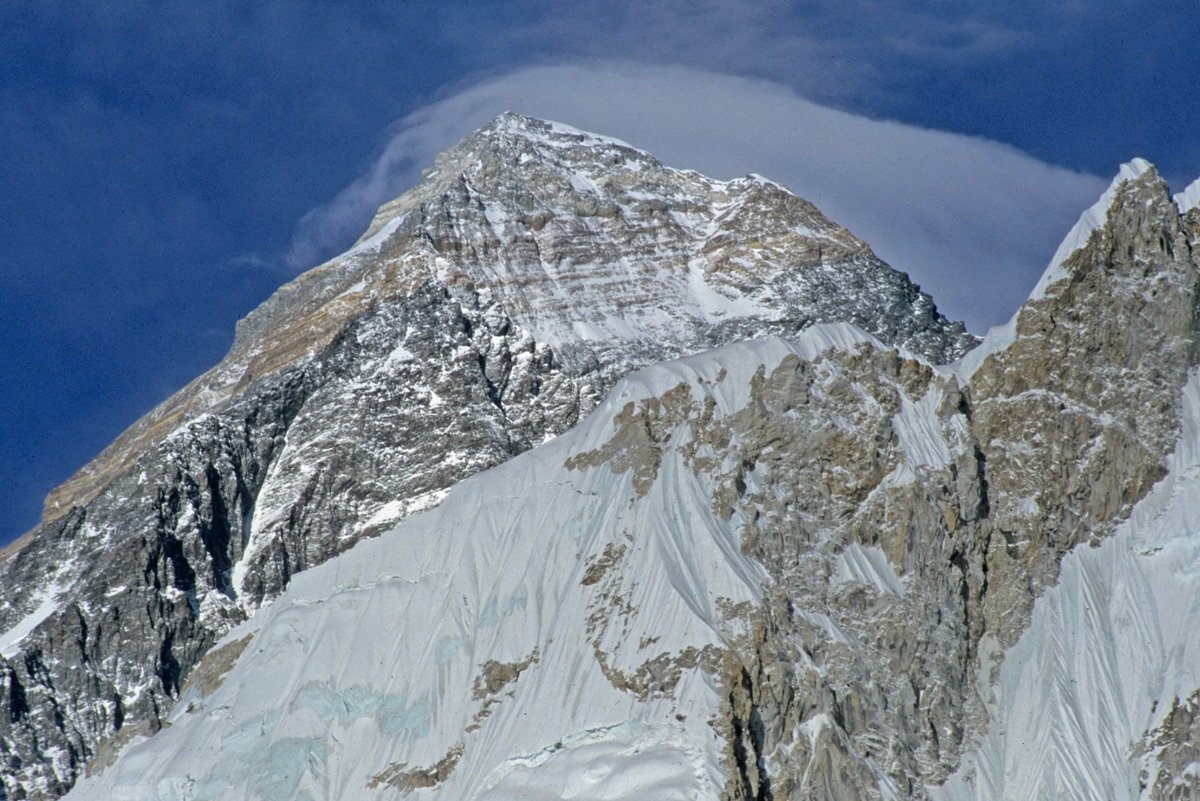Mt everest is about 50 60 million years old according to scientists as part of the himalayas it is as old as the mountain range which formed when the eurasian and indian plates collided

Mt. Everest: A Geological Marvel in the Himalayas

At the heart of the majestic Himalayan range lies a geological wonder that has captured the imagination of adventurers and scientists alike for centuries. Mount Everest, the tallest peak on Earth, is not just a marvel in terms of its breathtaking altitude, but also in its remarkable geological history. Scientists estimate that this iconic mountain is approximately 50-60 million years old, making it as ancient as the Himalayas themselves.
The formation of Mount Everest is intricately connected to the collision of two massive tectonic plates namely the Eurasian and Indian plates. This monumental collision, which occurred over millions of years, gave birth to the awe-inspiring Himalayan range.

During this geological dance, the Indian plate, which was once a separate landmass, slowly but forcefully made its way northward. As it advanced, it plunged beneath the Eurasian plate, causing a massive upheaval in the Earth’s crust. This process, known as subduction, resulted in the buckling and folding of the rock layers, eventually giving rise to the Himalayas.
Over millions of years, the strain and pressure generated by the ongoing collision caused the rocks to uplift and created the awe-inspiring peaks of the Himalayan range, with Mount Everest standing tall at an astounding elevation of 29,032 feet (8,848 meters) above sea level.
The rocks that make up Mount Everest primarily consist of metamorphic gneisses, schists, and granites, which were once sedimentary and igneous rocks that underwent extreme heat and pressure deep within the Earth’s crust. These rocks provide valuable insights into the geological processes that shaped this magnificent mountain.
It is crucial to note that the age of Mount Everest is a subject of ongoing scientific research, and new discoveries and data may further refine our understanding of its geological timeline. However, based on the current evidence, scientists estimate the mountain to be around 50-60 million years old, aligning it with the age of the entire Himalayan range.
Today, Mount Everest continues to be an epicenter of geological activity, as tectonic forces gradually push the mountain upwards by a few millimeters each year. This constant motion serves as a reminder of the ever-evolving nature of our planet and the immense forces at work deep below the Earth’s surface.
In conclusion, Mount Everest stands not only as a testament to the remarkable natural beauty of our planet but also as a living testament to the geological processes that have shaped the Earth over millions of years. Its age, estimated to be between 50-60 million years, mirrors the age of the Himalayan range itself, which was formed by the collision of tectonic plates. As we continue to explore and learn from this iconic mountain, we deepen our understanding of the intricate workings of our planet’s geological history.
References:
Tags
Share
Related Posts
Quick Links
Legal Stuff

